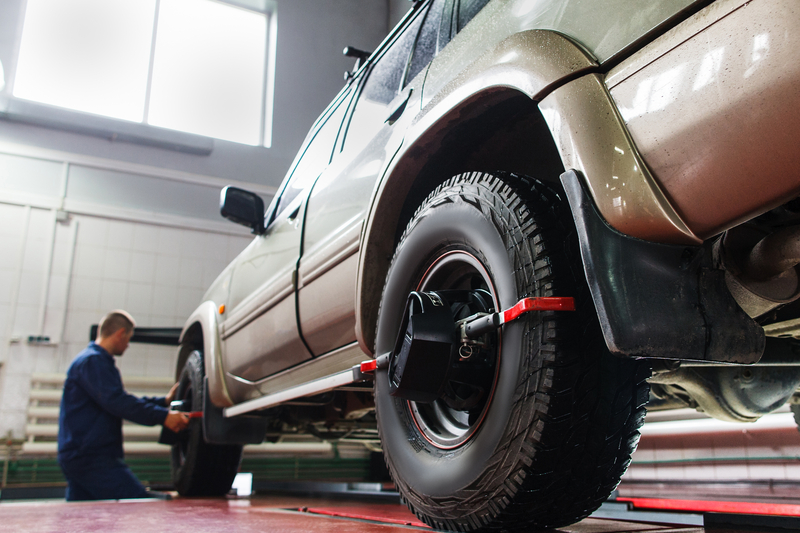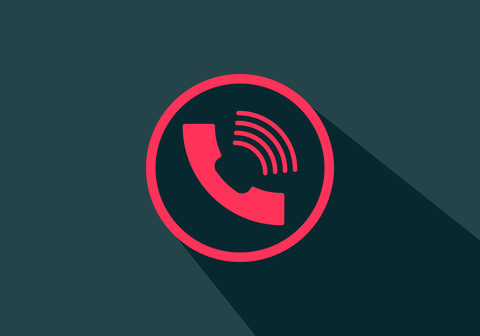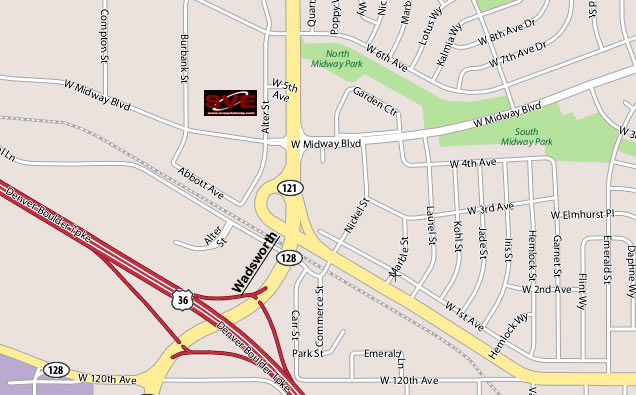Dealership
Even with your new car safety at the dealership, you are far from in the clear. Having worked as a detailer at a dealership that sold luxury and exotic cars, let me warn you that a lot of damage can occur here! I’m sure there are exceptions, but I know from experience that many dealership detailers are untrained, which leads to them unknowingly causing significant damage to the cars they “clean up” before delivery. Here are three examples I experienced; any one of them should convince you to tell the dealer to NOT TOUCH YOUR NEW CAR when it arrives.
Most cars we prepared were not washed with water. At all. We literally made a mixture of wax, mirror glaze, and a lot of polish, and just rubbed it directly on the dirty paint. This concoction made the car shiny, but more importantly, did a good job of (temporarily) covering all the swirl marks we were making.
When we did use water, it was sprayed from a power washer directly onto car exteriors and engine bays with zero training on which tips are safe to use or where in the engine bay to avoid. Follow that with the use of a single bucket of rapidly-degrading water, a dirty wash mitt, and old towels to dry… That basically guaranteed we put swirls into the paint of every customer’s car without them even knowing.
We were also in charge of removing the tape that some panels still had, but were never provided any chemicals to help with leftover residue. Instead, we were told to rub the residue with towels until it was gone, which, of course, only further marred the new paint. A product like 3M Adhesive Remover would have been a safer alternative. Luckily, in the case of our photo-model Miata, the owner specifically requested the dealer do no cosmetic work to the car during the pre-delivery inspection. She also told the dealer to leave the protective tape on.
Wash
You’ve taken as many steps as you can to preserve your car’s finish. If you special-ordered it, you made sure the protective tape stayed on and that the car was delivered to you “dirty.” If you took delivery from dealer stock, you told them not to bother with a final detail before delivery. Now that your car has finally made it home, it’s time to clean and protect the new paint. Start with a hand wash, using the two-bucket system, of course. One bucket for clean water, one for the water coming off the sponge or rag.
Inspect
With the car clean, take a good look at the paint. Are there any swirls or “holograms” in the paint? If so, you will need to apply polish later.
Since this MX-5 wasn’t touched, the paint looks great. Knowing this will see some track time, the owner chose to have a clear bra applied to the hood and fenders for future protection, so that part should stay safe for now. The next step may be the most important. Before waxing, check the paint for contaminants. The easiest way to check is by rubbing the paint with your hand in a sandwich bag.
Does it feel rough or bumpy? Not to ruin the suspense, but in about 99 percent of cases, you will find contaminants not visible to the naked eye. If the paint’s not silky smooth, there is room for improvement. Even in this brand-new car, with only a handful of miles, that never sat on a dealer’s lot, and that I personally just hand washed… the paint was not smooth.
Clay (Clean)
If you want the paint on your vehicle to shine, you need as much light bouncing off it as possible. However, light reflection is blocked by contaminants. These include brake dust, rail dust, pollution, acid rain, and industrial fallout. The problem is that none of these are removed by washing.
What car paint looks like before the clay bar process, limiting light rays from being reflected:
Not to fear, simple clay barring can fix this!
The clay removes the contaminants that normal washing can’t touch. This is what my new piece of clay looked like after each 12-inch by 12-inch section I rubbed on the paint.
What car paint looks like after using clay, now reflecting more light giving your car much better shine:
If your wheels have clearcoat on them (most do), go ahead and clay bar those as well.
Polishing (Perfect)
Now that the paint is clean and contaminants have been removed, you can attack any of the light scratches or swirls with a simple polish. Typically, on a new car, the swirls aren’t deep enough that you’d need to use an orbital buffer.
Wax (Protect)
It is finally time to wax. Ignore what your salesman says: new car paint does not come with any protection from the factory. The clearcoat needs UV protection as soon as possible. If you want that new car shine to last for years to come, it’s going to need a good coat of wax (or paint sealant, whichever you prefer). This includes waxing over the clear bra applied to this Miata back to the A-pillar. Wax not only gives your car a more appealing shine, it also adds a layer of protection against weather, salt, bird droppings, UV light, pollution, etc. Without that layer of protection, it is much easier for these harmful substances to damage the clearcoat. This Mazda is not going to become a garage queen, so any protection from these outside elements will also make it easier to keep clean in the future.
Now get out there and enjoy your new car!






